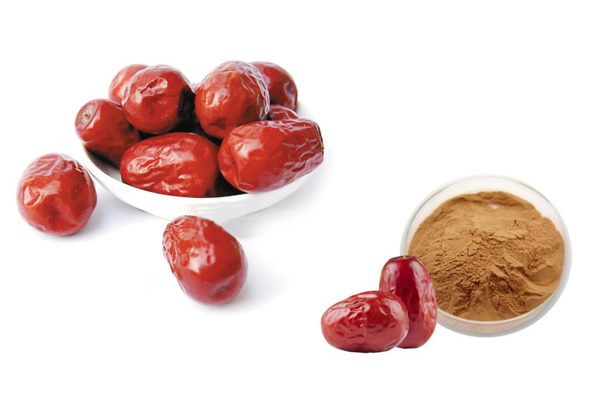[introduction to jujube]:
Jujube, also known as red jujube, dried jujube and jujube, originated in China. It has been cultivated for more than 4000 years in China. It has been listed as one of the five fruits (peach, plum, plum, apricot and jujube) since ancient times. Jujube is rich in protein, fat, sugar, carotene, B vitamins, vitamin C, vitamin P, calcium, phosphorus, iron, cyclic adenosine phosphate and other nutrients. Among them, the content of vitamin C is among the best in the fruit, which has the reputation of vitamin king.

[material form]:
The branches are smooth and glabrous, with pairs of needling, straight extension or hooked curve, and the young branches are slender and clustered, which are like pinnate compound leaves. Zigzag. Single leaves alternate; oval to ovate lanceolate, rarely ovate, 2-6cm long, apex short and blunt, base askew, margin serrulate, main vein from base, lateral vein obvious. The flowers are small in shape and cluster in the axil of the leaf, yellow green; calyx is split, the upper part is petal like, the lower part is connected into a tube like, green; petals; stamens, opposite to petals; ovary, style is protruding in the middle of the disk, the apex is split, and the drupe is oval to oblong, 1.5 to 5 cm long, dark red when ripe, sweet in flesh, sharp at both ends of the core. The flowering period is from May to June, and the fruiting period is from September to October.
[chemical composition]:
Jujuboside B, stepharine, glucose, fructose, sucrose, camp, cGMP, etc
[application scope]:
health care products, health nutrition products, infant food, solid beverage, dairy products, convenience food, expanded food, seasoning, middle-aged and elderly food, bakery food, leisure food, cold food and cold drink, etc.